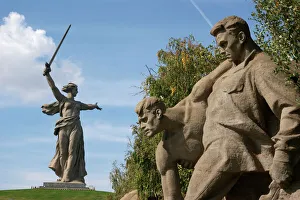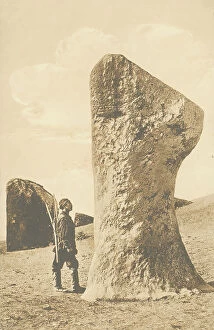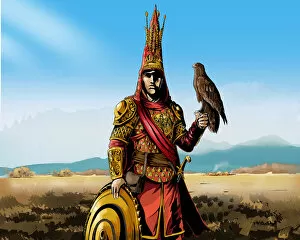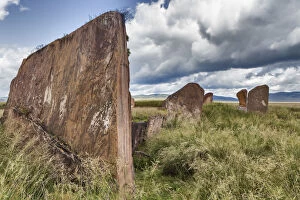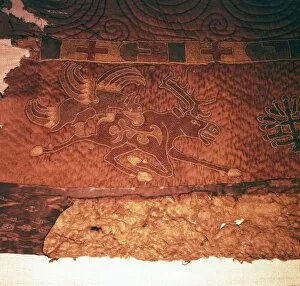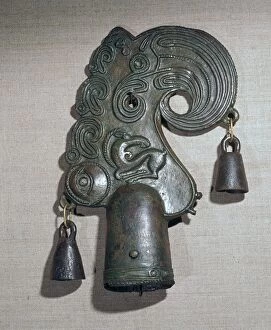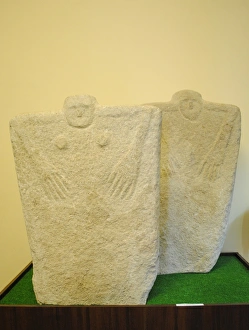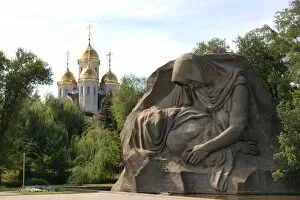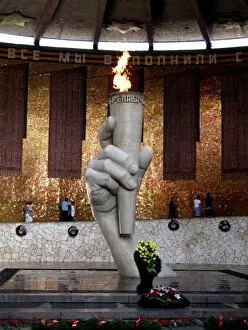Kurgan Collection
The word "kurgan" may not be a household name, but it holds great significance in the history and culture of Mother Russia
All Professionally Made to Order for Quick Shipping
The word "kurgan" may not be a household name, but it holds great significance in the history and culture of Mother Russia. Standing tall amidst the remnants of the Battle of Stalingrad, the Mother Russia Statue serves as a solemn memorial to those who fought valiantly during one of World War II's most pivotal conflicts. But they are not limited to war memorials alone. In southeastern Kazakhstan, The Golden Man stands proud as a representation of the Saka warriors. These ancient nomads left their mark through anthropomorphic stone stelae that have survived for centuries, showcasing their rich cultural heritage. Traveling further back in time, we encounter the Yamna Culture's anthropomorphic stone stelae dating from the 36th to 23rd century BC. These enigmatic structures offer glimpses into an era long gone but still captivating our imagination. Venturing into Khakassia, Russia, Salbyk kurgan emerges from its slumber. This tumulus from the 5th century BC tells tales of ancient funeral rituals and honors those who came before us with its majestic presence. Siberia reveals another intriguing aspect of kurgans - funeral chariots made from wood. These relics from the 5th century BC transport us back to a time when these vehicles were symbols of status and power among Siberian tribes. Moving eastward towards Northern Mongolia, we find ourselves captivated by wall-hangings depicting griffins attacking elks - an artistic masterpiece originating from Kurgan around c1st century BC. It showcases both skillful craftsmanship and mythical storytelling intertwined seamlessly. Bronze Scythian pole-tops take center stage next; they showcase early styles evolving over time while preserving their distinct charm and allure throughout history.


